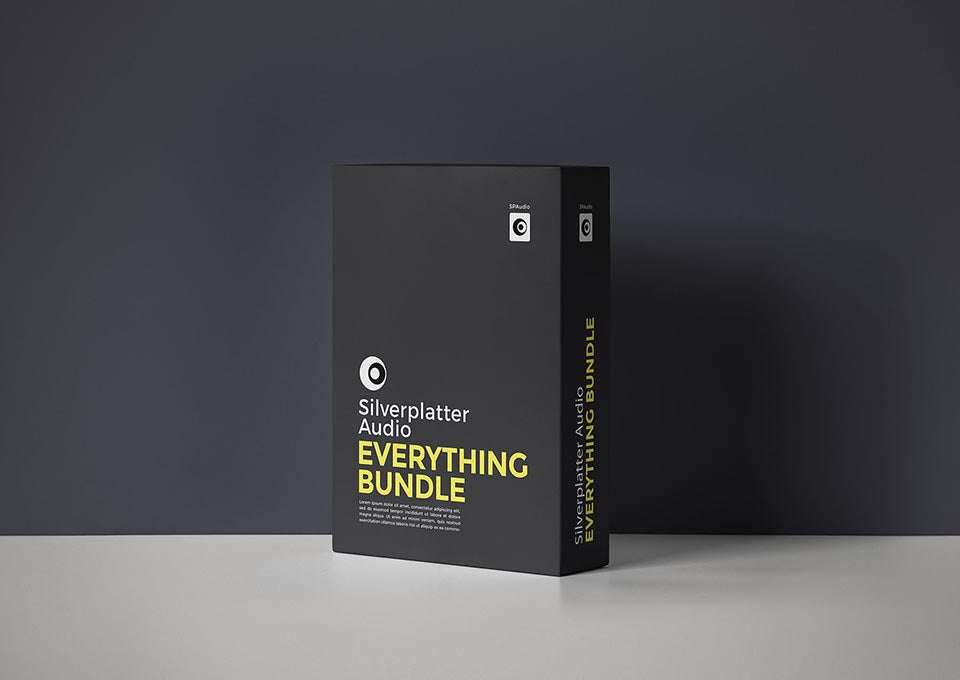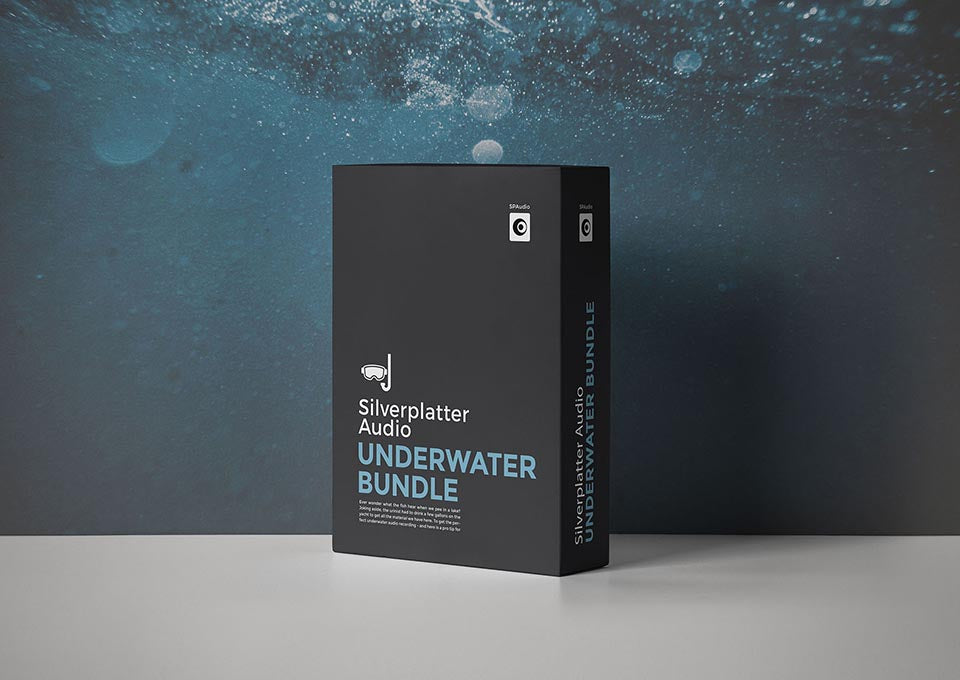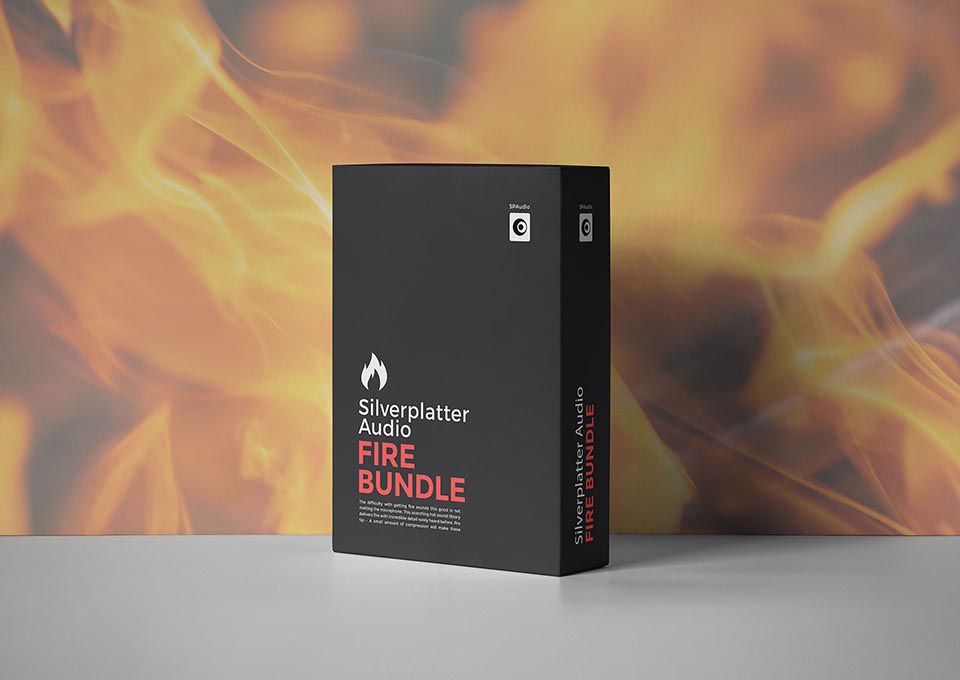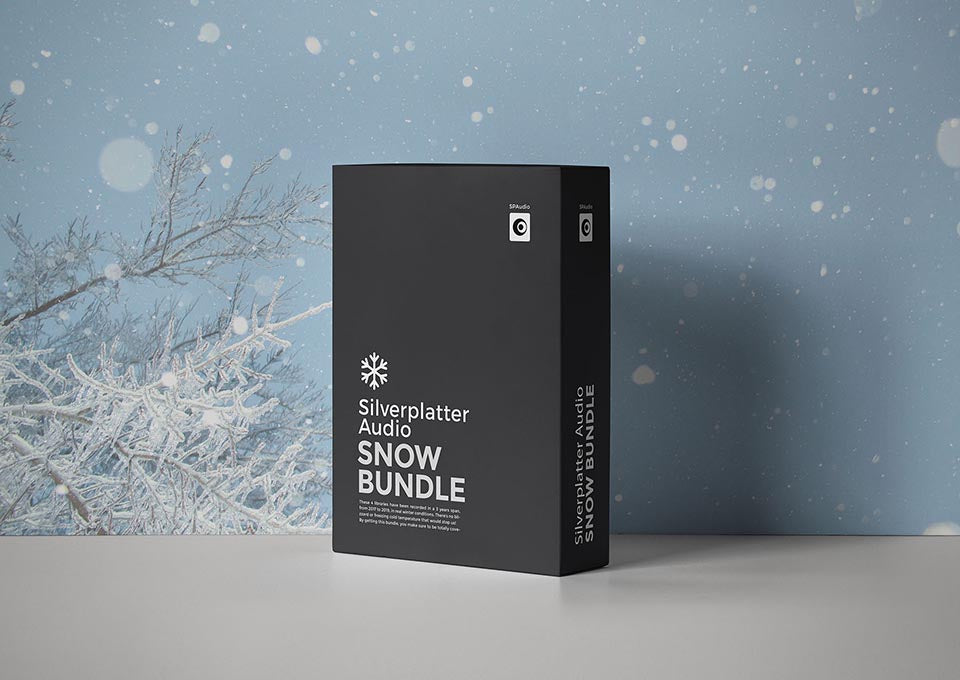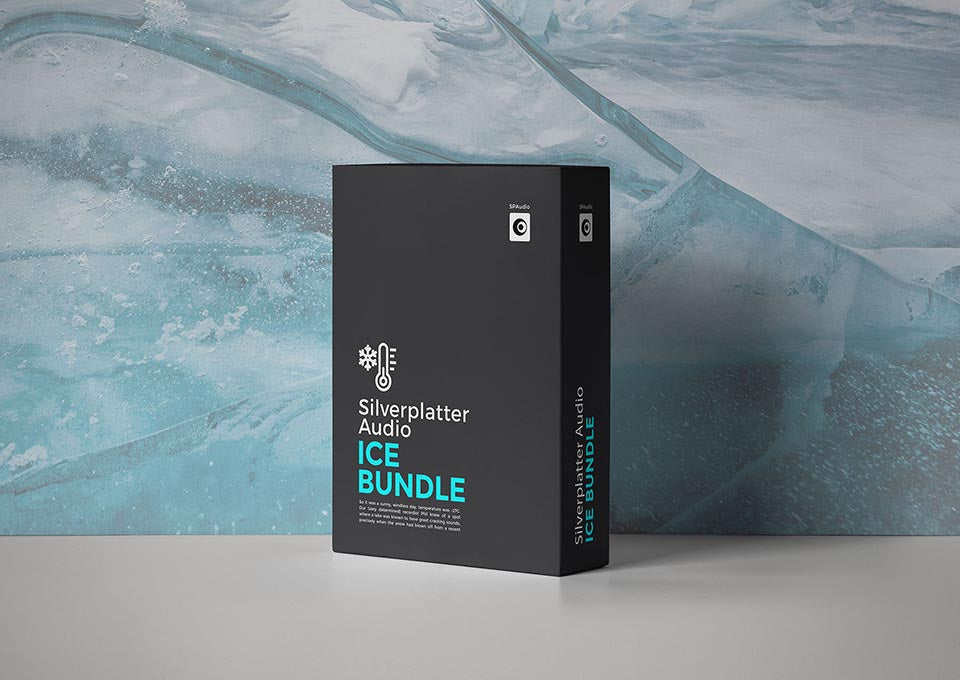Eight Tips to Record Great Ice Sound Effects
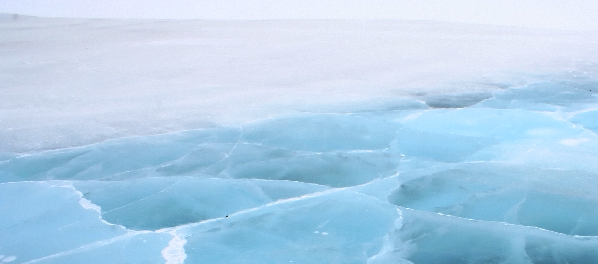
WE THOUGHT IT WOULD BE STRAIGHTFORWARD!
Living up here in Canada, ice is incidentally one of our most abundant natural resources. Just wait for a nice ice storm and there you go, ice cracking sounds can be heard everywhere. Recording a vast ice sound library is a project we had planned to undertake since the very beginning of Silverplatter Audio’s incredible journey. However, it wasn't as straightforward as we had hoped - like everything in life? Here are eight super-useful tips for you that we've learned along the way.ICE CREAKS ARE EXTREMELY QUIET
To successfully capture the minute detail you need in a great ice sound effect recording, we strongly encourage you to drive a full hour away from civilization, and do it by night. Otherwise your recordings can be completely ruined by even the lightest distant city rumble. Ice (or snow) creaking sounds are also extremely delicate, so make sure the signal to noise ratio is on your side. Pick your gear carefully...USE HUMIDITY-RESISTANT GEAR
Some microphones hate the cold and elevated humidity. Make sure you select a microphone(s) that can handle extreme conditions; we might suggest the Sennheiser 8000 series. Also - and this is is good advice for any piece of gear - make sure to cover anything that would suffer from condensation when returning inside. If condensation does happen, wait for it to fully evaporate before turning your gear back on. She/He will love you for it.BATTERIES HATE THE COLD
If you go out recording in the deep cold (say about -15C and below), consider powering your recorder with lithium batteries. Battery life is reduced by cold weather, and this is especially true for alkalines. Lithium batteries do perform much better in the cold, though they are still affected somewhat.PRO TIP - BRING SALT WITH YOU!
Pouring some salt on frozen surfaces can totally change the sound of the ice. Capturing the ice crackling and melting at the salt's initial contact can be beautiful ear candy.DO NOT PROCRASTINATE

Do it!Sometimes the weather changes very quickly, and the perfect ice you have now may just melt the next day or even within hours. Or, it could end up being coated by a foot of snow. Do not let that happen! If it sounds good now, it doesn't mean it'll still sound good in the near future.
REVISIT YOUR SITES
From one day to another, the sound of the ice can change dramatically. Go back to the same spot as often as you want, it'll never sound the same. Thank you Mother Nature. Temperature is the key here - it seriously affects how the ice will sound.BRING TOOLS TO BREAK THE ICE
Ice can be very hard to break, especially as the temperature drops. Don't forget to bring some tools to break it. And we're not talking about a shovel. A word of caution - even a metal shovel can suffer fatal injuries by solid ice at -20! To create our Ice Impacts and Debris sound effect library, we used a sledgehammer, a pick-axe, ice skates, and many other tools. Fun also to satisfy our fetish for breaking things.BE CAREFUL WHEN VENTURING ALONE TOO FAR
It happened to me, true story, and it wasn't fun. I was stuck with dead car batteries in a very remote place, in winter storm conditions. I realized that the situation was getting serious when I saw that that my cell was at 15 - 20% (did we mention earlier that batteries hate the cold?). Luckily for me, I managed to get help but seriously, it was frightening.
When driving far from the civilization, especially if you're alone, make sure your car won't fail on you when the recording session is over. Think about your safety measures! Anything can happen, as we now know.
Thanks for reading - and have fun capturing a difficult yet ultra unique and rewarding natural sound source!






